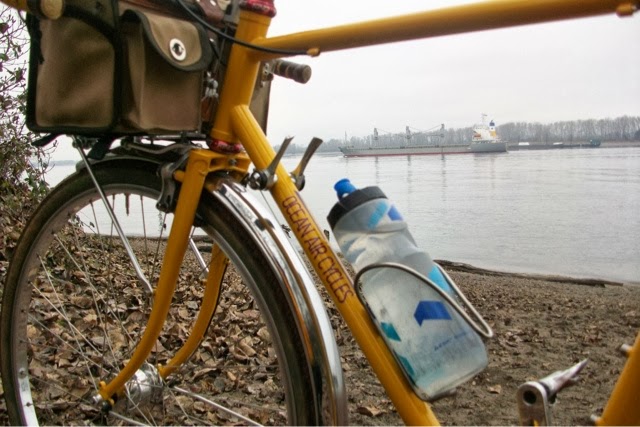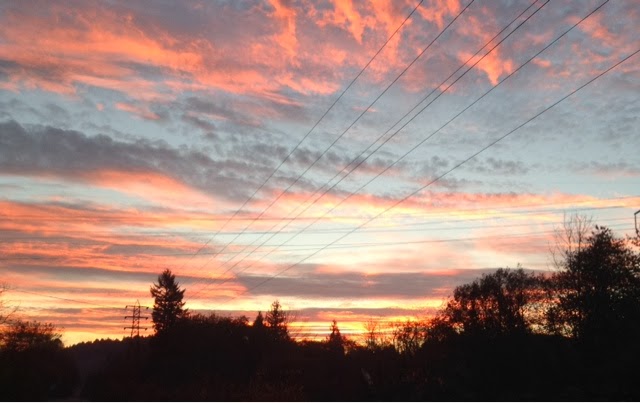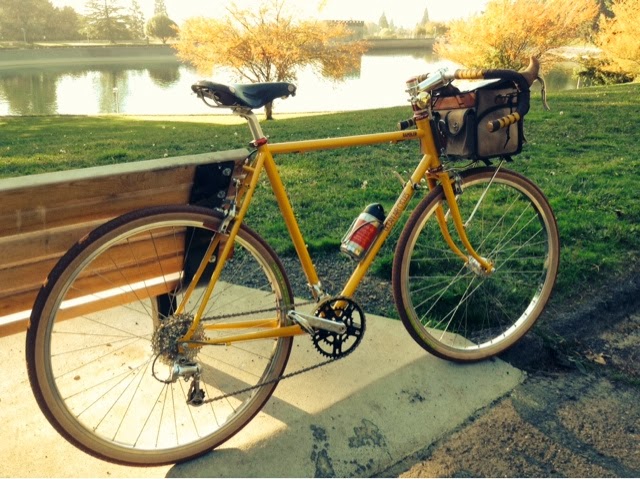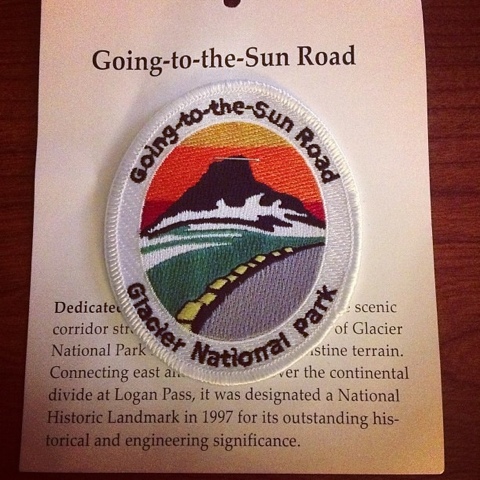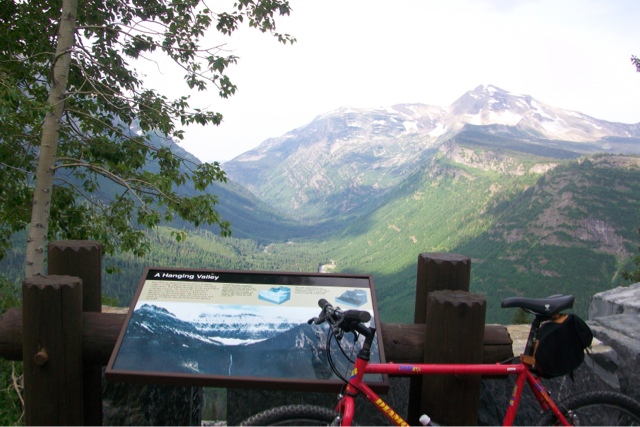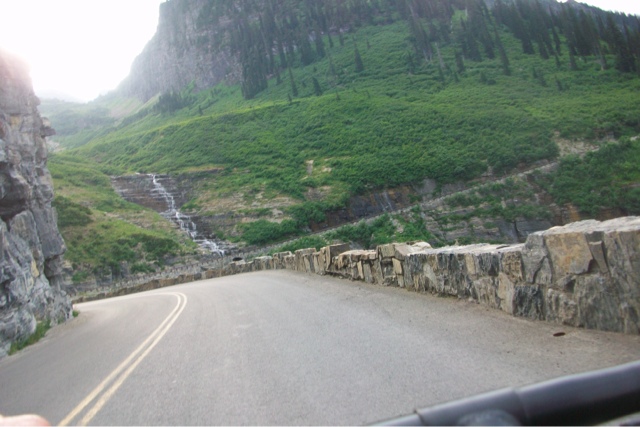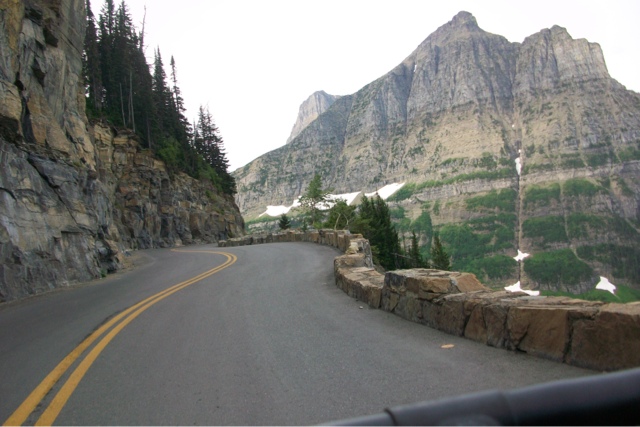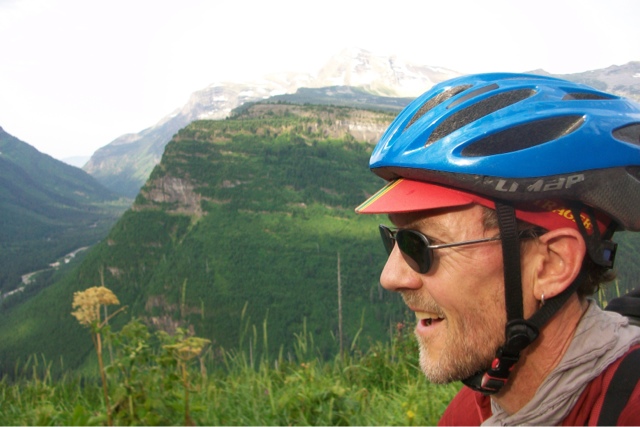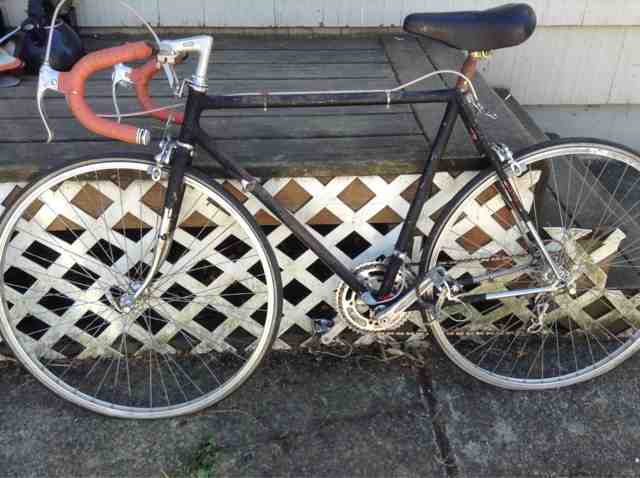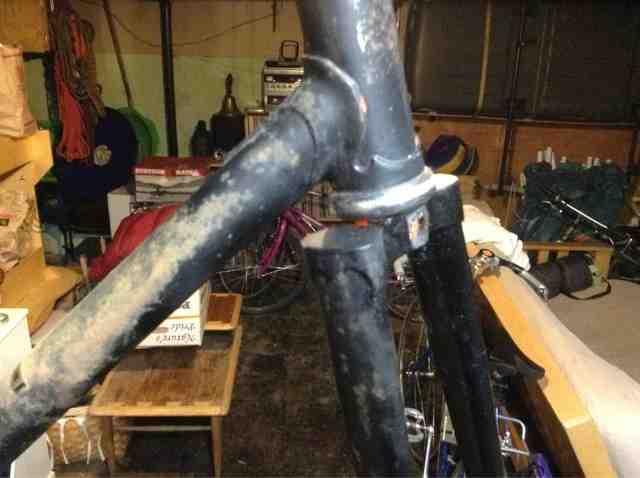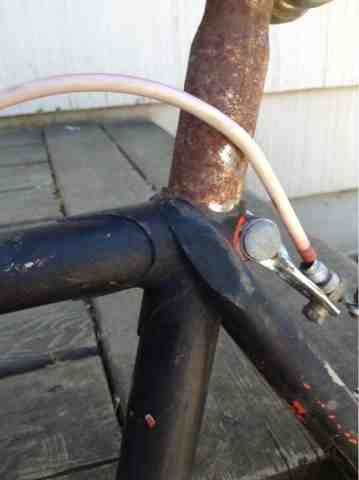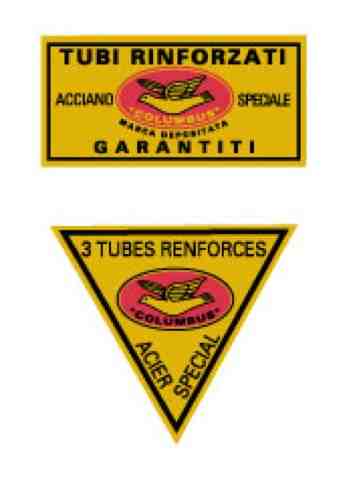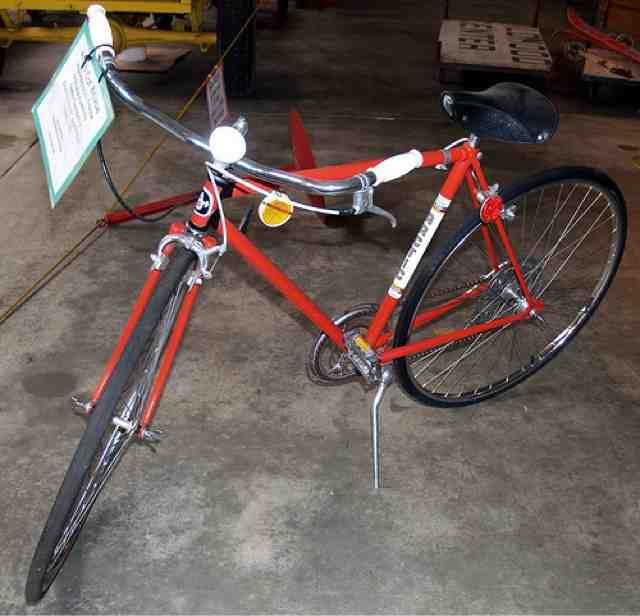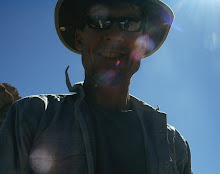Road Gravel Trail
Up down all around on a
Right Proper Ramble
Yesterday I finally got out on my Ocean Air Cycles Rambler for a "real" ride. I built this bike up in October, and since then have put nearly 1K miles on it. It's broken in and kitted out, with the fit dialed in. But nearly all those miles have been on my 24-mile round-trip pretty flat commute, and I've been itching to see how the Rambler handles what it's made for and what I most love riding; mixed terrain with a fair amount of "profile." The verdict? It's everything I hoped it would be, and a wonderful machine, with the perfect balance of lively feel and stable handling.
I got a late morning start in cool calm weather; we've been locked into a pattern of fog, low clouds, and temps in the upper 30's for days. I threw some food in the handlebar bag (dates, an apple, and a sizeable bag of Christmas cookies and a dark chocolate bar) and was off. My loose plan included some quiet climbs in the West Hills of Portland, ending in Forest Park before crossing back over the Willamette River on the St. John's Bridge and heading through the east side to home.
My route headed over the south shoulder of Mount Tabor, and I decided to head up to the top to check out the view and test out my legs.

Tabor is in my neighborhood, and between running, walking the dog, and riding, this was my 4th trip up in 5 days. Nearing the summit I took a short steep gravel pitch rarely used by bikes, and with the White Industries 44/28 crankset and an 11-34 9-speed cassette, the climb was smooth and the Soma B-Line tires hooked up just fine. I dropped off the hill on fast gravel and didn't even think about the Rambler's handling; it went where I wanted with little input and no twitchiness.
I meandered through southeast to the Eastmoreland neighborhood, joining the Springwater trail at 42nd. I crossed the Willamette on the Sellwood bridge and headed up the 2nd climb of the day through Riverview Cemetary. This is one of my favorite climbs, and the Rambler felt comfortable and light as I meandered up the hillside to the top. 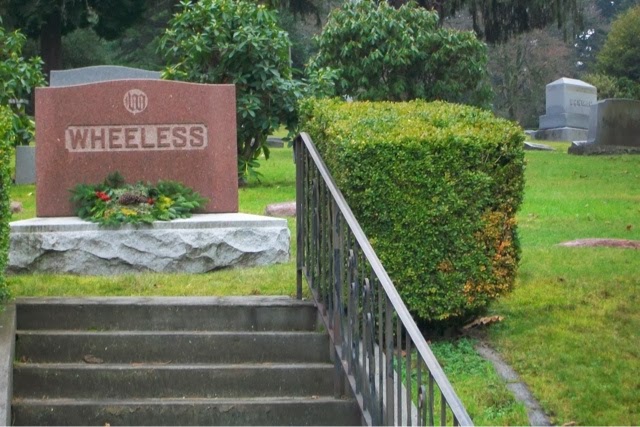

I still felt fresh at the top, which was good because Next up was Council Crest - at about 1100 feet the highest point in Portland. A traverse along Terwilliger brought me to Westwood, and the narrow winding route to Fairmount Drive, which circles the hill. In places the old concrete roadbed resembles cobbles, and I passed one rider patching a pinch flat on his skinny tire - a fairly common sight on this popular climb and descent. After checking to make sure he had what he needed, I continued up, entering the fog near the summit.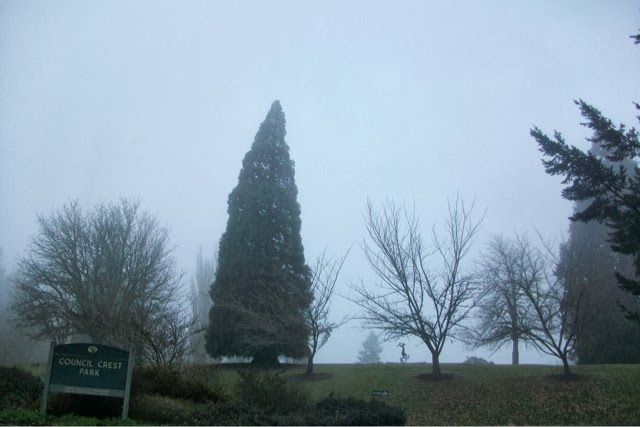

With no view and the temperature near freezing (though fortunately windless) I grabbed a quick snack and started down the first real "bomber" descent of the ride. With its sweeping turns and long drops, it's easy to reach speeds in the mid-40s on Vista, and I let the Rambler go as much as I dared. My braking had nothing to do wth the bike's handling, but my own hesitation on the damp pavement. It was here I really appreciated the performance of the Paul centerpulls with Kool-Stop salmon pads. The brakes have plenty of stopping power, but with no grabbing or squealing, and modulation was excellent; it took minimal effort to keep my speed in check, and I was soon downtown and rolling through the bustling shopping district of Northwest 23rd, trying to regain some heat after the chilly descent.
I warmed up soon enough as I climbed Thurman to Leif Erickson Drive, the wide gravel route that traverses the west hills for nearly thirty miles through the heart of Forest Park. On a Sunday, Thurman is lined with cars for blocks before the gate at Leif Erickson, the most popular entry point to the park, which gets heavy use by runners, dog walkers, and mountain bikers heading in to ride the Firelane 5 loop. The crowds thinned the deeper I got into the park, until by the mile 3 marker I felt I nearly had the park to myself, and the only sound was the occassional train whistle from the tracks along the Willamette at the base of the hill. 

Leif Erickson is pretty rocky in places, and I was gettting a litle jostled and was tempted to bleed some air off my tires - I was definitely riding more pressure than I needed. But knowing the path smoothed further in, I decided to keep riding, and I soon left the roughest sections behind and continued on gravel, wet leaves, and light mud, with no traction issues at all. After six miles in I reached the junction with Saltzman road, and turned left to climb this gravel route to the top at Skyline Boulevard.
After nine miles of mostly uphill gravel, I was glad to reach pavement and the end of the climbing I had planned for the day. After climbing to nearly at the same elevation as my high point on Council Crest, I was back in the fog, and since Skyline is narrow and has relatively heavy traffic, I switched on the Luxos U headlight/Pixeo taillight for my short traverse to Germantown Road and the second big descent of the day. A fast, chilly, swooping descent soon brought me to Highway 30 and the St. John's Bridge, where I took the lane for the crossing back over the Willamette.
At this point I had planned to meander along the bluff on Willamette Boulevard past the University of Portland and get home through inner east Portland. But I was feeing surprisingly good after the big climbs. The Rambler really had disappeared under me and it was nice to not be thinking about comfort or mechanics. I just wanted to put down more miles on this ride. So I grabbed a cup of coffee and refilled my water bottle at Burgerville, and turned left instead of right to head out to Kelly Point Park, where the Willamette joins the Columbia River, and the big container ships pass on their way to dock or sea.
After a quick couple of photos, I finally pointed east toward home and the long flat ride out Marine Drive along the Columbia. 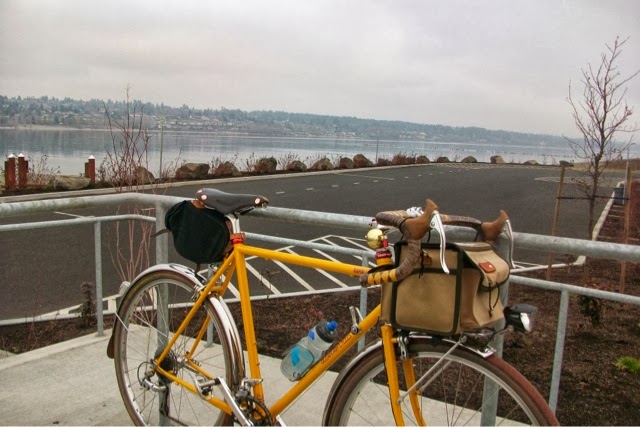

I was getting a little tired and had some difficulty finding a good flat cruising gear. (Warning: it's about to get even more bike-geeky) With my current gearing, I stay in the big ring except for long and/or steep climbs. and on the flats I'm almost always in the 17 or 20 tooth cog. So I float between about 57 or 67 gear inches, and I need something in the low 60's like an 18 or 19 would provide. This ride had some fairly stiff climbing, and I don't think I ever used the 34, so a closer spaced 11-30 or 12-34 cassette should work fine for most of my riding.
I ended the ride with the sun finally peeking beneath the low clouds as I climbed beside the future home of the Gateway Green bike park. 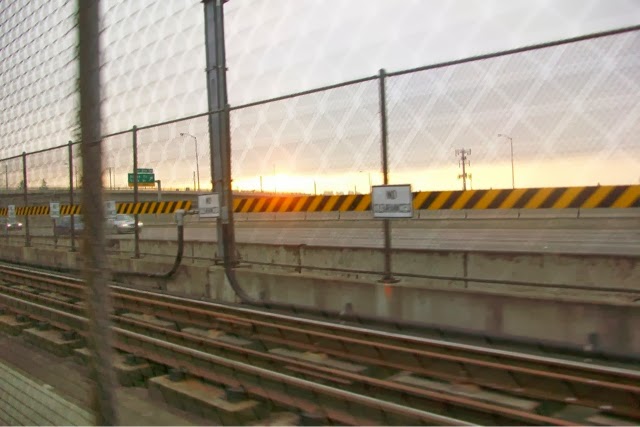

I gave brief thought to a detour west on Prescott for the pumpy climb up Rocky Butte. But my legs were getting noodley, my throat parched, and the sun about to set. I put off Rocky Butte for another day and pointed for home.
Here's a map of the ride:
Here's a map of the ride:
And the link to map data is here.
Final thoughts: Before building this bike up, I had a nagging fear that a 650b bike would be slow and clunky, despite all I'd read to the contrary. But the Rambler has been a dream to ride, putting all my fears to rest and fulfilling all I hoped this bike could be. This is my first foray into the world of 650b. Before building it up and taking it for that first test ride I had never swung a leg over a 650b bike. I saved for several years for a bike like the Rambler, considered going with a custom bike, and was almost dead set on a 700c road bike. But the more I read and talked to others, the more I realized that for my size (I'm 5'8") and style of riding, a 650b Rando-style bike could truly be as close as I could ever get to the One Bike To Rule Them All. Talking with Rob Perks at Ocean Air, first by email and later in person, only confirmed my desire to go with the Rambler. The bike is thoughtfully designed, light and comfortable, and noticebly more springy and "alive" than my Soma Double Cross or Lemond Poprad, both built with oversize tubing. It makes me smile every time I ride it.
Final thoughts: Before building this bike up, I had a nagging fear that a 650b bike would be slow and clunky, despite all I'd read to the contrary. But the Rambler has been a dream to ride, putting all my fears to rest and fulfilling all I hoped this bike could be. This is my first foray into the world of 650b. Before building it up and taking it for that first test ride I had never swung a leg over a 650b bike. I saved for several years for a bike like the Rambler, considered going with a custom bike, and was almost dead set on a 700c road bike. But the more I read and talked to others, the more I realized that for my size (I'm 5'8") and style of riding, a 650b Rando-style bike could truly be as close as I could ever get to the One Bike To Rule Them All. Talking with Rob Perks at Ocean Air, first by email and later in person, only confirmed my desire to go with the Rambler. The bike is thoughtfully designed, light and comfortable, and noticebly more springy and "alive" than my Soma Double Cross or Lemond Poprad, both built with oversize tubing. It makes me smile every time I ride it.
Some notes about the build. I've been wanting to build my own set of wheels for awhile, and my wife gave me a wheelbuilding class at Sugar Wheel Works for my birthday. Jude was a great teacher, and I had the wheels made before I had the frame in hand. I used Pacenti PL-23 32-hole rims with a SON generator front hub and a White Industries T11 rear hub. Inspired by Rob's commitment to keep the Rambler U.S. made (by Zen Fabrications here in Portland), I went that route where it made sense as well, most notably with the White crankset. Other build details include Nitto 44cm Noodle bars that I wrapped in a Harlequin pattern with shellaced brown/yellow cloth tape, My old Brooks Pro saddle mounted on a Ritchey-branded Nitto seatpost, Chris King red headset, SKF square taper bottom bracket, and Dura-Ace downtube shifters. The front rack is a Nitto Mark's Rack, the handlebar bag is an Acorn Boxy Rando bag transferred with the saddle from my old Nishiki Riviera GT touring bike, and I mounted Berthoud stainless fenders. Another great touch with the Rambler is the clean internal routing for the wiring, and I followed Rob's directions for running the wiring inside the front and rear fenders as well, protecting the wires from snagging and making for a very clean look. This is also my first entry into generator lighting, and the Bausch and Muller Luxos light is amazing. Most of my daily commute is on an unlit bike path, and this time of year I'm in the dark both directions. Having my route clearly lit up without blinding oncoming riders is nice.
For anyone else considering a Rambler, or entry into the world of 650b road bikes, I say don't wait. This bike really is a companion, the kind of machine that makes me want to explore backroads and roll for miles and miles.
Lots more pictures here:
Lots more pictures here:

